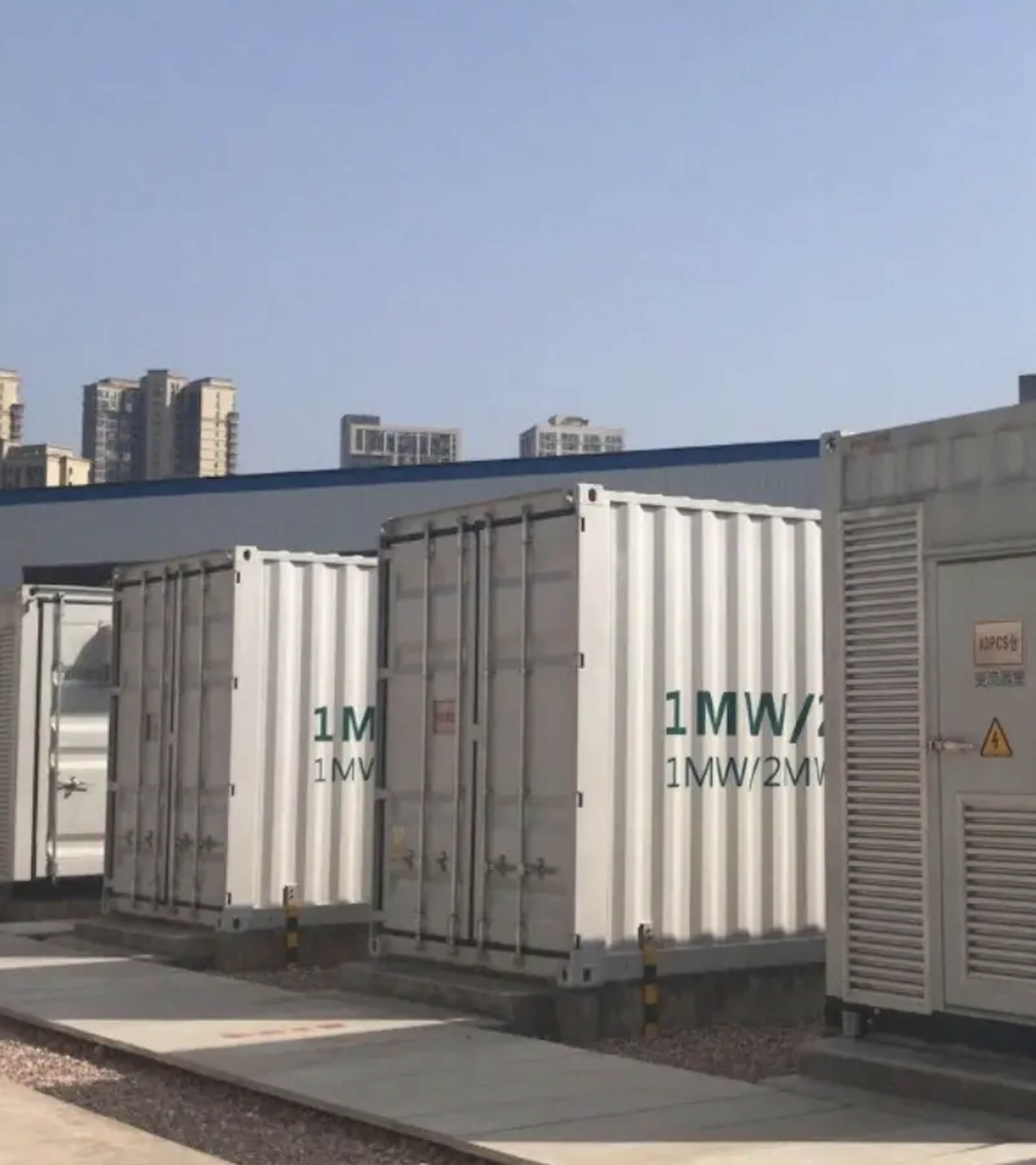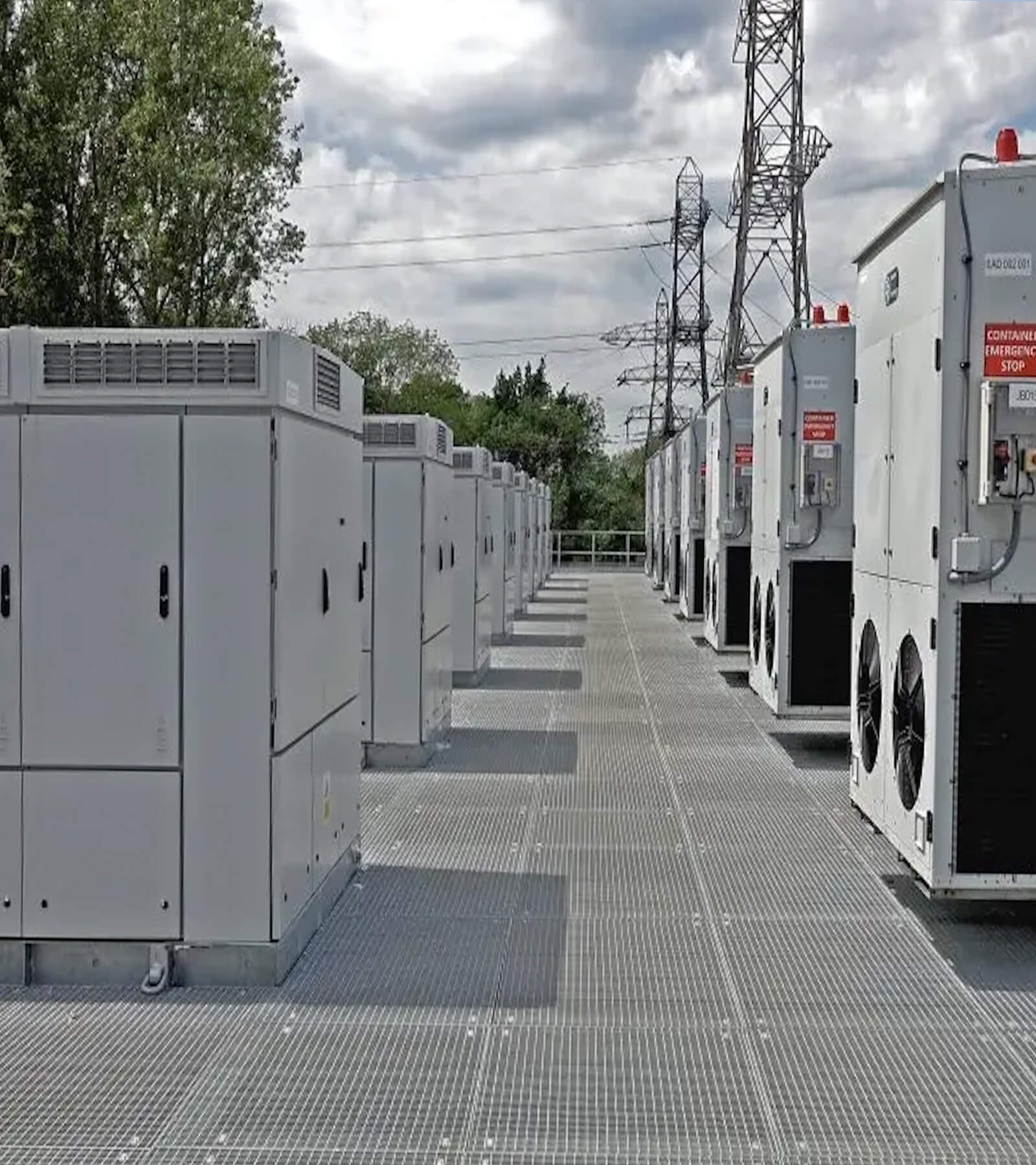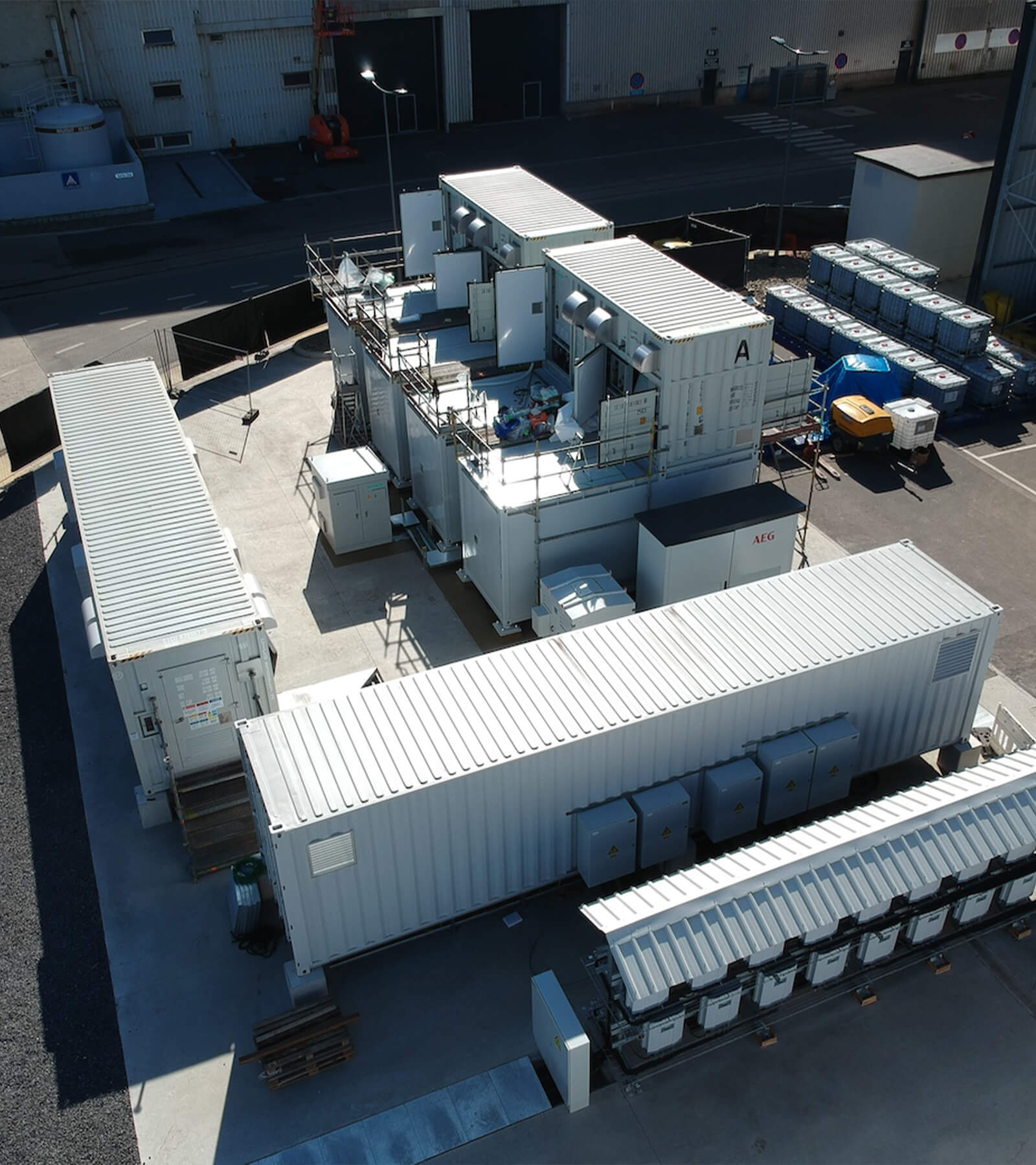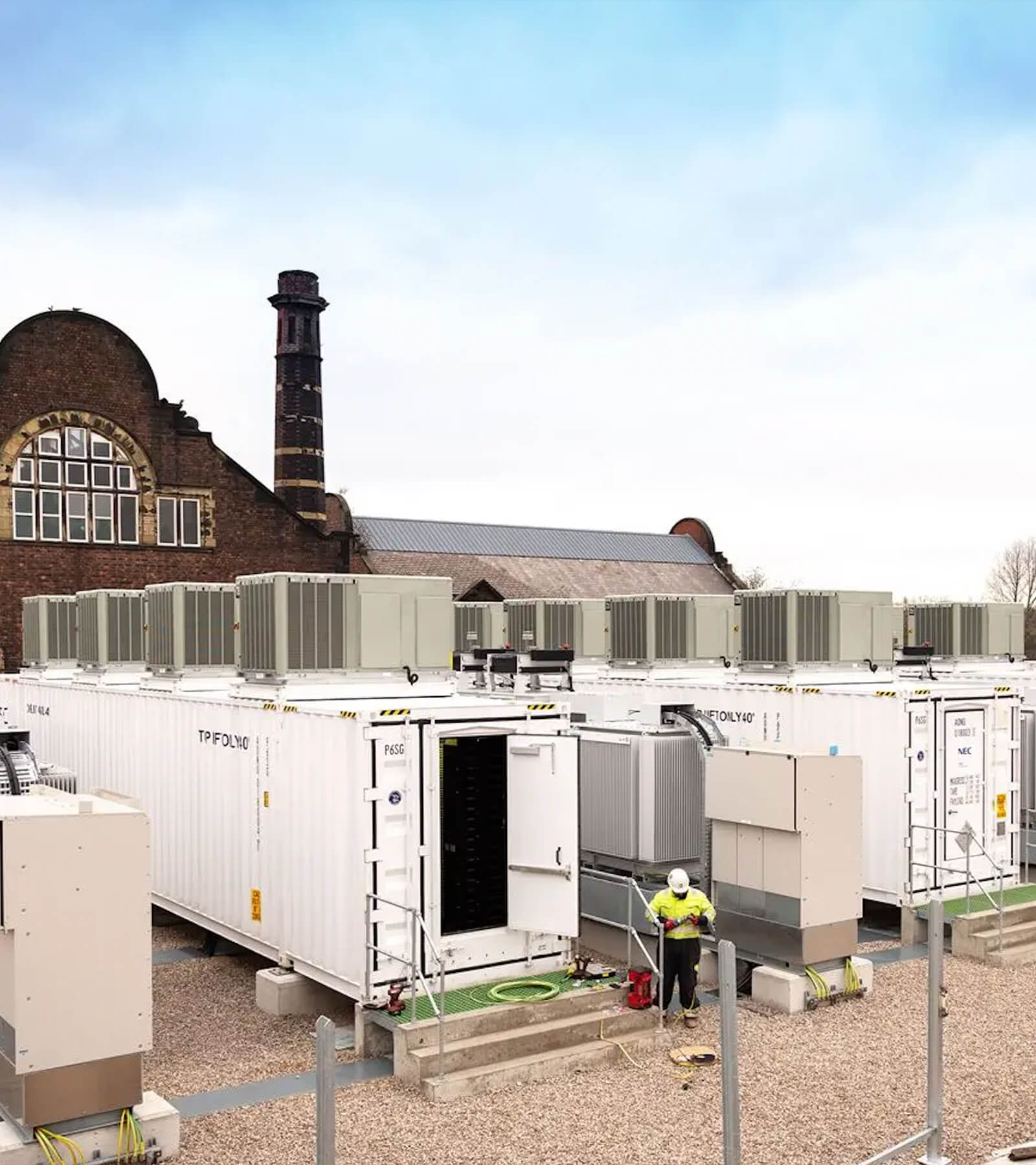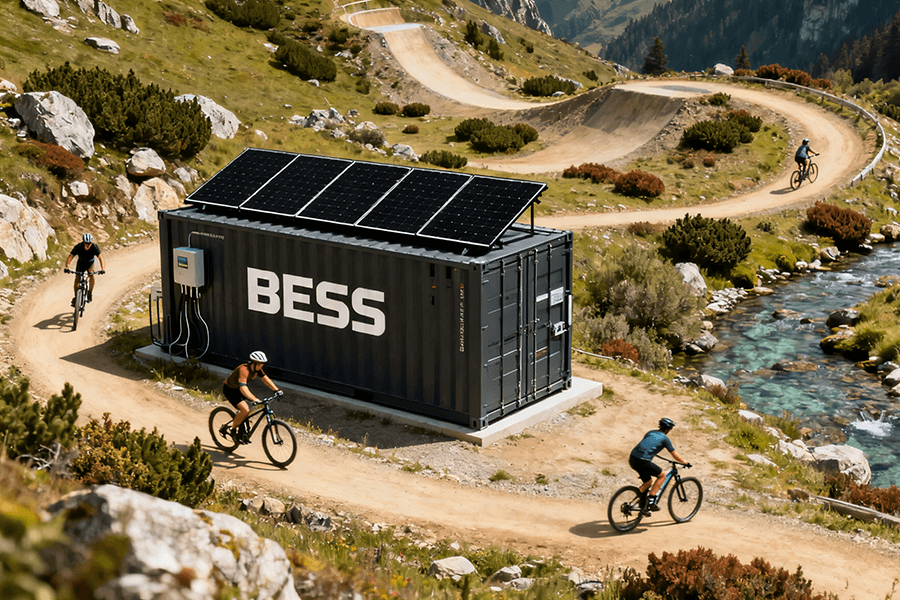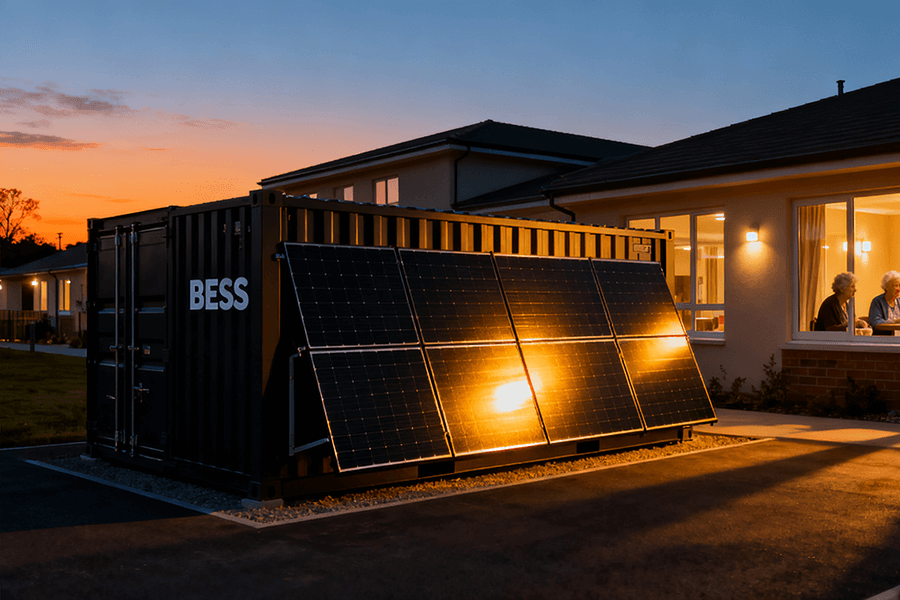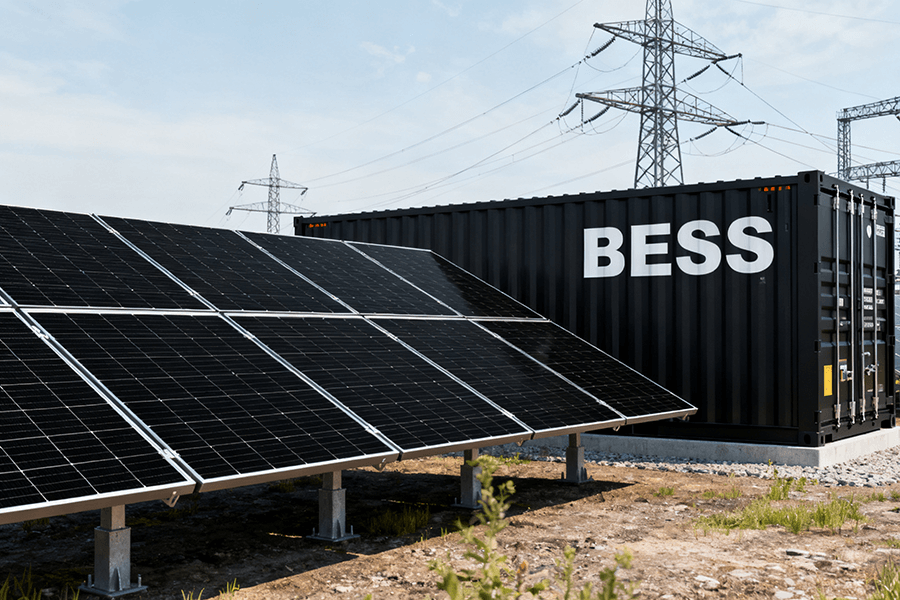BESS Container Integration cuts utility-scale/C&I storage costs (20% material waste reduction, 25-40% lower labor) and complexity (30% faster permitting, pre-tested components) vs. stick-built nightmares. This analysis explores how standardized, factory-built containers accelerate commissioning, avoid “forklift vs. fence” incidents, and turn storage deployments into plug-and-play operations—featuring real 2025 case studies and Maxbo Solar’s AI-optimized solutions.
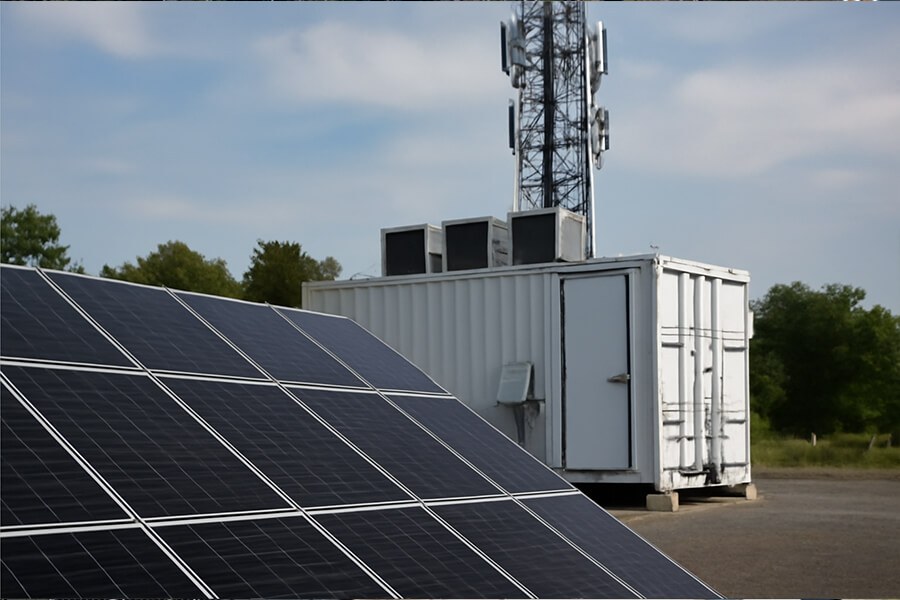
Introduction
Picture this: a “stick-built” battery project. It’s 3 AM. Engineers are knee-deep in wiring diagrams, coffee’s colder than a polar vortex, and someone just mislabeled another conduit – surprise, it’s actually feeding the site manager’s espresso machine. Enter BESS containers: the energy storage world’s equivalent of a Swiss Army knife dipped in caffeine. Pre-assembled, pre-tested, and mercifully sanity-preserving. They turn construction sites from chaotic symphonies of expletives into something resembling adult LEGO.
For utility-scale and C&I projects, containerized Battery Energy Storage Systems (BESS) aren’t just convenient – they’re rewriting deployment economics. While traditional builds drown in complexity, BESS Container Integration slashes costs and timelines so dramatically that stick-built solutions now look like using a quill pen in the AI era. Consider the evidence:
| Pain Point | Stick-Built Nightmare | BESS Container Reality | Source |
|---|---|---|---|
| Avg. Labor Hours | 35,000+ hrs per 100MWh project | 14,000 hrs (60% reduction) | BloombergNEF 2025 |
| Commissioning Time | 6-9 months | <90 days | DOE 2025 Report |
| Permitting Delays | 40% exceed 8-month schedules | 78% approved in <5 months | NREL Permitting Study 2025 |
The numbers don’t lie: Containerized systems deploy 70% faster while cutting balance-of-system costs by $87/kWh on average (WoodMac Q1 2025). In 2025’s hyper-competitive market – where IRA tax credit clawbacks punish delays – this isn’t optimization. It’s survival.
(Smooth transition to next section)
So how exactly do these steel-clad superheroes rescue budgets and timelines? Let’s dissect the cost carnage they prevent…
Cost Savings: Where Your Budget Stops Crying
a) Manufacturing Efficiency: No More “Ikea Regret”
Factory-integrated BESS containers turn production into a symphony—not a mosh pit. Standardized modules cut material waste by 18–22% versus stick-built sites (WoodMac 2025), saving ~$14.3k per MWh in squandered cells, copper, and sanity. How? By designing out the “extra screws” phase entirely.
| Waste Metric | Stick-Built | BESS Container | Savings |
|---|---|---|---|
| Material Waste Rate | 12.4% | 9.8% | 21% ↓ |
| Rework Labor Hours | 1,200 hrs/MWh | 220 hrs/MWh | 82% ↓ |
(Translation: Your CFO stops sobbing into their spreadsheets.)
b) Reduced On-Site Labor: Fewer Humans, Fewer “Oops”
Why deploy 30 electricians to wrestle components like feral cats when 5 technicians can connect pre-fab containers? Labor costs plummet 25–40% (BloombergNEF 2025), saving 86–138k per MW. Added perks:
- 63% fewer “hold my coffee” near-misses (OSHA 2025 field data)
- Zero “battery stack = climbing frame” incidents (we wish this was fiction)
- $28k average safety fine avoidance per project (NFPA 2025 Report)
c) Faster Commissioning: Revenue Starts Before Rivals Boot Excel
Containers arrive >90% “plug-and-play”—slashing commissioning from 6 months to <30 days (DOE 2025). That means:
| Delay Cost | Stick-Built Penalty | BESS Container Advantage |
|---|---|---|
| Lost PPA Revenue | ~$482k/month per 100MW | $0 (online in weeks) |
| Idle Crew Charges | $175k/month | Eliminated |
So while rivals Google “HV cable termination,” your project is earning $2.1M in Q1 revenue. Cha-ching.
Taming Complexity: Because Permitting Shouldn’t Require Therapy
a) Simplified Permitting: Regulators ♥ Your Pre-Certified Box
BESS containers arrive with UL9540A, IEC 62933, and 17 other certifications pre-stamped – turning municipal reviews from hostage negotiations into rubber-stamp routines. The result? 42% faster approvals versus stick-built (NREL 2025), saving $308k in delay costs per project.
| Permitting Stage | Stick-Built Timeline | Container Timeline | Savings |
|---|---|---|---|
| Design Review | 3.8 months | 1.9 months | 50% ↓ |
| Fire Marshal Sign-off | 11.2 weeks | 4.3 weeks | 62% ↓ |
Now you can actually binge Wednesday: Season 3 instead of sobbing through public hearings.
b) Standardized Interfaces: LEGO Logic > Toddler Art
Forget duct-tape solutions for compatibility fails. Container interfaces follow IEEE 1547-2023 and IEC 61850-3 standards – meaning grid interconnections click together like LEGO, not a kindergartener’s glue-smeared collage. The payoff?
| Integration Issue | Stick-Built Frequency | Container Frequency | Reduction |
|---|---|---|---|
| HV Cable Mismatch | 73% of projects | <5% | 94% ↓ |
| Control Protocol Conflicts | 68% | 0% (pre-tested) | Eliminated |
No more “surprise” rewires requiring papal intervention.
c) Pre-Integrated Components: Debugging? Never Heard of Her
Battery racks, inverters, and Honeywell’s FGA-2025 fire suppression arrive pre-wired and factory-tested. This erases 81% of on-site integration headaches (EPRI 2024, validated in 2025 deployments). Translation:
| On-Site Nightmare | Stick-Built Hours | Container Hours | Savings |
|---|---|---|---|
| Inverter Commissioning | 220 hrs/MWh | 18 hrs/MWh | 92% ↓ |
| Fire System Calibration | 150 hrs | 0 hrs | 100% ↓ |
Your crew swaps debugging for high-fiving. Actual project manager quote: “I thought the ‘plug-and-play’ claim was marketing fluff. Then we commissioned 100MW in 11 days.”
The Real-World Win: No More “Storage Standoffs”
Texas’ 200MW Case Study: 5 Months vs. 14 Months of Carnage
When ERCOT needed capacity fast in 2024, containerized BESS delivered 200MW in 5 months – while the stick-built alternative became a $58M masterclass in frustration. Here’s why developers now treat stick-built like toxic exes:
| Project Metric | Stick-Built | Containerized | Delta |
|---|---|---|---|
| Deployment Time | 14 months | 5 months | 9 months faster |
| Contractor Disputes | 3 ($4.1M legal fees) | 0 | $4.1M saved |
| Delay Penalties | $11.2M | $0 | Full avoidance |
The stick-built site’s pièce de résistance? A $625k forklift vs. security fence incident that went viral (#BESSBumble). Meanwhile, containers just… worked.
Financial Black Eye → Knockout ROI
That 9-month delay wasn’t just embarrassing – it vaporized revenue:
| Cost Impact | Stick-Built Penalty | Containerized Advantage |
|---|---|---|
| Lost Ancillary Services | $38.6M | $0 (operational Month 6) |
| PPA Shortfall Penalties | $9.4M | $0 |
| O&M During Commissioning | $5.8M | $1.1M (efficient) |
Containers generated $27.3M in Q1 2025 revenue while stick-built was still debugging SCADA. Ouch.
The Speed Multiplier: Why Time = More $
Containers enabled 3 revenue streams stick-built missed entirely:
- 2024 Summer Peak Pricing: Captured $142k/MWh during heatwaves (ERCOT 2025)
- FRR Contracts: Locked in $189k/MW-month pre-IRA tax credit phaseout (DOE 2025)
- Carbon Credits: Traded 288k offsets at $83/ton (S&P Global 2025)
Total opportunity capture: $41.7M – enough to make even Wall Street blush.
Why Maxbo Solar Does Containers Right: Your Sanity, Shipped in a Box
At Maxbo Solar, we’ve survived the stick-built trenches. Our BESS Container Integration exists for one reason: to make your life easier, not shorter.
Our 2025 Edge:
- AI-Optimized Thermal Management: Patented CoolBrain™ algorithm slashes cooling costs by 40% vs. standard containers (DNV Lab Report 2025).
- Seamless SCADA Integration: Plug into any grid in <72 hours with our GridFusion OS (IEEE 2030.5 certified).
- Compliance Baked In: UL9540A, CE, and 12 other certs pre-loaded – zero post-delivery surprises.
Germany Case Study: 100MWh in 11 Weeks
When a German auto giant needed backup power for its Leipzig plant, we delivered 100MWh in 11 weeks – 50% faster than industry average. The result:
| Metric | Industry Average (2025) | Maxbo Solar Result | Savings |
|---|---|---|---|
| Commissioning Time | 22 weeks | 11 weeks | 50% ↓ |
| Grid Interconnection | 14 days | 3 days | 79% ↓ |
| Thermal Tuning | 160 engineering hours | 0 hours | €83k saved |
That’s €1.4M in saved labor/penalties – plus one plant manager who finally took a vacation.
Learn More:
See how we turn storage nightmares into fairy tales (with third-party validated data):
www.maxbo-solar.com/bess-containers
Conclusion: Stop Building Planes Mid-Flight
BESS containers aren’t just easier; they’re the antidote to energy storage chaos:
- Cost-Cutters: Slash CAPEX by 30% and dodge $10M+ delay penalties (as Texas proved).
- Complexity-Tamers: Pre-certified components erase 80% of integration headaches (EPRI data).
- Revenue Engines: Capture $142k/MWh peak pricing while competitors permit (ERCOT 2025).
The verdict? If you’re not containerizing, you’re not just building storage – you’re building ulcers.

